Best Practices Articles
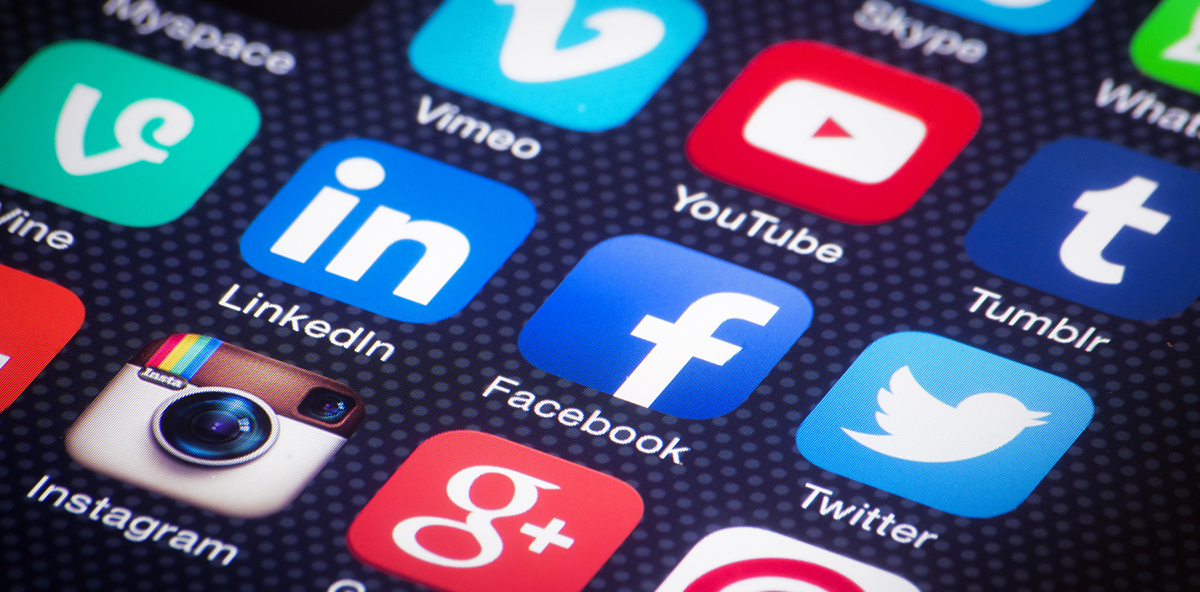
Multi-Channel Strategies for Partner Marketing Success
The days of relying on a single marketing channel are over. In today’s partner marketing landscape, brands must engage audiences across multiple platforms to capture attention, build relationships, and drive conversions. Whether through LinkedIn, email, WhatsApp, Slack, or webinars, reaching customers where they already spend time is critical for increasing partner engagement and boosting demand generation.
Many partner marketers face the challenge of orchestrating a seamless multi-channel strategy without overwhelming their teams. Without a structured approach, messages can become inconsistent, channels may operate in silos, and partner enablement efforts can suffer. However, when executed correctly, a multi-channel partner marketing strategy creates a cohesive, high-impact experience that drives measurable business results.
This article explores the importance of multi-channel marketing, key platforms for partner engagement, and actionable steps to optimize a multi-channel partner marketing approach.
Why Multi-Channel Partner Marketing Matters
- Expanding Reach and Increasing Brand Visibility
One of the most significant advantages of multi-channel partner marketing is reaching a broader audience. Decision-makers consume content across multiple touchpoints—some may prefer LinkedIn, while others rely on email or direct messaging apps like WhatsApp. If a brand limits itself to just one platform, it risks missing potential customers who prefer engaging on other channels.
For example, consider a co-marketing campaign between two partner companies. The campaign reach is automatically fragmented if one partner only promotes a webinar through email while the other leverages LinkedIn ads and Slack community announcements. An accurate multi-channel approach ensures that messaging is synchronized across platforms, increasing visibility and reinforcing brand awareness.
Moreover, multi-channel strategies improve partner engagement by catering to different content consumption preferences. While some audiences may respond well to long-form blog posts or whitepapers, others may engage more with bite-sized social media content or interactive webinars. By offering content in multiple formats and on various platforms, partner marketers maximize their chances of capturing and retaining audience attention.
- Strengthening Partner Engagement and Personalization
A well-orchestrated multi-channel partner marketing strategy allows brands to personalize messaging based on audience behavior and preferences. Personalization is critical for driving higher partner engagement and improving demand generation efforts.
For instance, a marketing automation system can track how a partner interacts with email campaigns, LinkedIn ads, or WhatsApp messages. If a prospect clicks on a LinkedIn post but doesn’t sign up for a webinar, a personalized follow-up email can be sent, offering additional insights or an exclusive one-on-one session.
This integrated approach ensures that each partner receives customized, relevant content rather than generic one-size-fits-all messages. As a result, engagement rates improve, and co-marketing strategies become more effective.
- Creating a Seamless Buyer’s Journey
Multi-channel marketing aligns perfectly with the modern buyer’s journey, which is rarely linear. Prospects engage with brands through multiple touchpoints before making a purchase decision. A decision-maker might discover a company through a LinkedIn post, watch a partner webinar, read a blog article, and finally respond to a WhatsApp message offering a free demo.
By ensuring that all partner marketing channels work together seamlessly, brands create a consistent, omnipresent brand experience. This makes it easier to nurture leads, build trust, and move prospects through the sales funnel. Prospects may receive disconnected messages without a multi-channel strategy, leading to missed opportunities and lower partner engagement.
Key Channels for Partner Marketing Success
- LinkedIn: The Hub of Partner Marketing
LinkedIn remains the go-to platform for B2B partner marketing. With over 900 million professionals, it is the perfect place to engage partners, share thought leadership content, and promote co-marketing initiatives.
Best Practices for LinkedIn Partner Marketing:
-
- Post regular thought leadership content to establish credibility.
- Run LinkedIn Live events with partners to boost engagement.
- Leverage sponsored LinkedIn ads for targeted outreach.
- Use LinkedIn messaging for personalized partner outreach.
- Email: The Foundation of Partner Enablement
Despite the rise of social media and messaging apps, email remains one of the most effective partner marketing channels. It allows for highly personalized communication, making it an essential tool for partner engagement and demand generation.
Best Practices for Partner Marketing Emails:
-
- Segment email lists based on partner engagement history.
- Use personalized subject lines and content to boost open rates.
- Automate follow-up sequences to nurture partner relationships.
- Include clear CTAs for co-marketing events and resources.
- WhatsApp and Slack: Real-Time Partner Engagement
Messaging platforms like WhatsApp and Slack are growing in importance for partner marketing. They provide an instant, direct way to communicate with partners, share updates, and drive participation in co-marketing initiatives.
Best Practices for WhatsApp & Slack in Partner Marketing:
-
- Create exclusive partner groups for engagement and collaboration.
- Send personalized reminders for webinars and events.
- Share quick insights, case studies, and marketing resources.
- Use Slack channels for direct Q&A sessions with partners.
- Webinars and Virtual Events: The Ultimate Demand Generation Tool
Webinars are one of the most potent tools in partner marketing, providing a high-value engagement opportunity. They are a co-marketing platform where multiple partners can showcase solutions, share insights, and generate leads.
Best Practices for Partner Marketing Webinars:
-
- Feature multiple partners to maximize reach and credibility.
- Promote the event across LinkedIn, email, and Slack.
- Use interactive elements like polls and Q&A sessions to boost engagement.
- Follow up with personalized content based on attendee behavior.
Building an Integrated Multi-Channel Partner Marketing Strategy
Step 1: Align Messaging Across All ChannelsEnsure consistent brand messaging across LinkedIn, email, WhatsApp, Slack, and webinars. Use a content calendar to synchronize posts, email campaigns, and event promotions.
Step 2: Automate Partner Engagement WorkflowsUse marketing automation tools to track partner interactions and deliver personalized follow-ups across multiple channels.
Step 3: Measure and Optimize Multi-Channel PerformanceMonitor engagement rates, lead conversions, and ROI across all channels. Identify which platforms generate the most partner engagement and optimize efforts accordingly.
Conclusion: Why Multi-Channel Strategies Are the Future of Partner Marketing
A successful partner marketing strategy requires multi-channel engagement to effectively reach, nurture, and convert partners. Companies can create cohesive, high-impact marketing campaigns that drive results by leveraging LinkedIn, email, WhatsApp, Slack, and webinars. Brands that embrace multi-channel co-marketing strategies will enjoy:- Higher partner engagement and demand generation.
- Increased brand visibility and market reach.
- More efficient partner enablement and collaboration.
Best Practices Guidebook
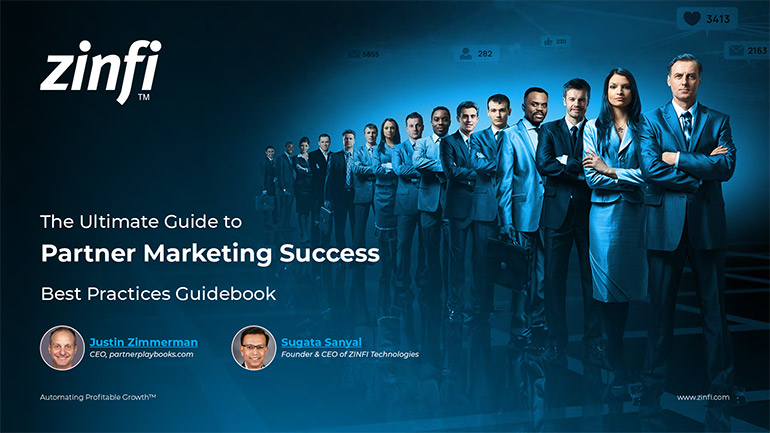 The Ultimate Guide to Partner Marketing Success Best Practices
The Ultimate Guide to Partner Marketing Success Best PracticesDownload Guide
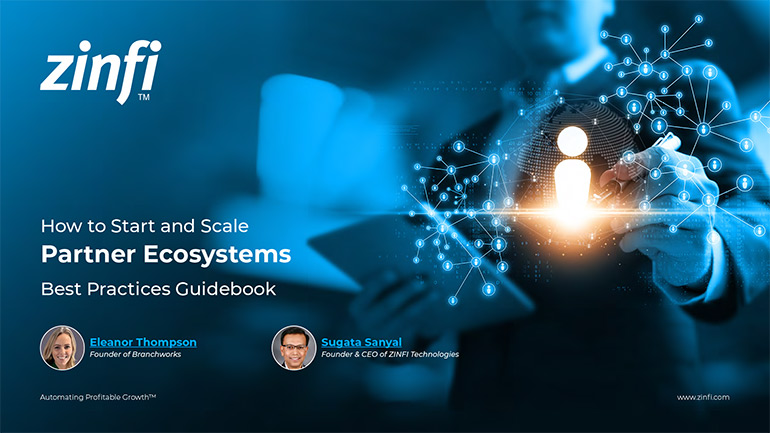 How to Start and Scale Partner Ecosystems Best Practices
How to Start and Scale Partner Ecosystems Best PracticesDownload Guide
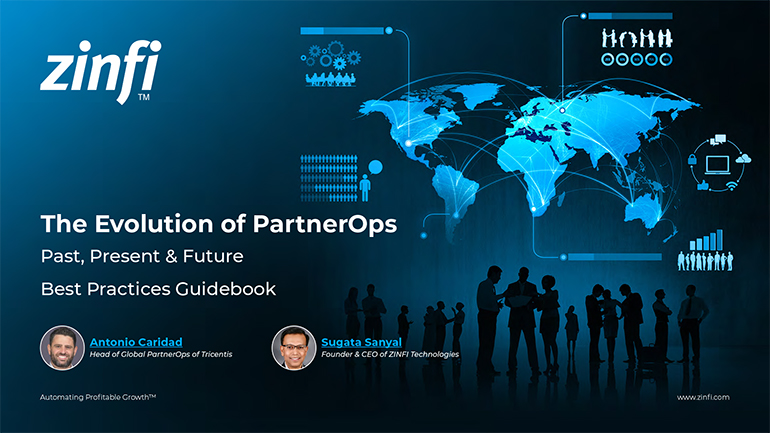 The Evolution of PartnerOps: Past, Present & Future Best Practices
The Evolution of PartnerOps: Past, Present & Future Best PracticesDownload Guide
 Mastering Channel Sales: Strategies, Best Practices, and Growth Tactics for 2025
Mastering Channel Sales: Strategies, Best Practices, and Growth Tactics for 2025Download Guide
 Winning with Partner Advisory Councils: Best Practices for Partner Engagement & Growth
Winning with Partner Advisory Councils: Best Practices for Partner Engagement & GrowthDownload Guide
 The Future of Partner Ecosystems Best Practices
The Future of Partner Ecosystems Best PracticesDownload Guide
 The AI Revolution: How Technology and Talent are Shaping the Future
The AI Revolution: How Technology and Talent are Shaping the FutureDownload Guide
 Top 105 Partner Management Metrics that Matter Best Practices
Top 105 Partner Management Metrics that Matter Best PracticesDownload Guide
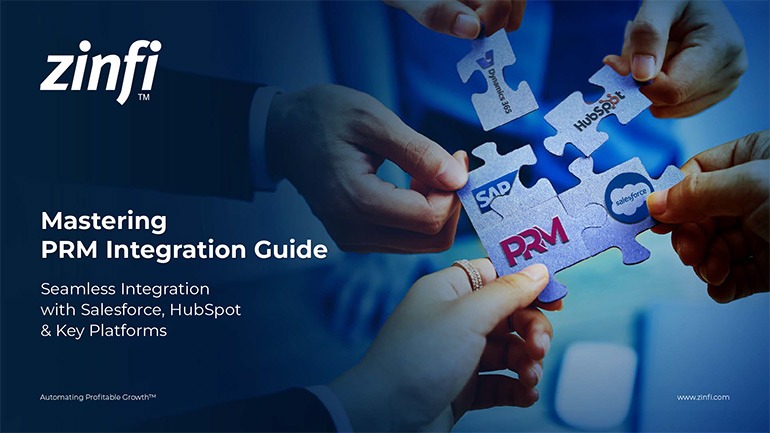 Mastering PRM Integration Best Practices
Mastering PRM Integration Best PracticesDownload Guide
 Building a Sales Partner Portal with Salesforce Best Practices
Building a Sales Partner Portal with Salesforce Best PracticesDownload Guide
 Building and Managing Partner Ecosystems Best Practices
Building and Managing Partner Ecosystems Best PracticesDownload Guide
 Mastering Co-Marketing and Co-Selling Best Practices
Mastering Co-Marketing and Co-Selling Best PracticesDownload Guide
 Transforming Partner Ecosystems Best Practices
Transforming Partner Ecosystems Best PracticesDownload Guide
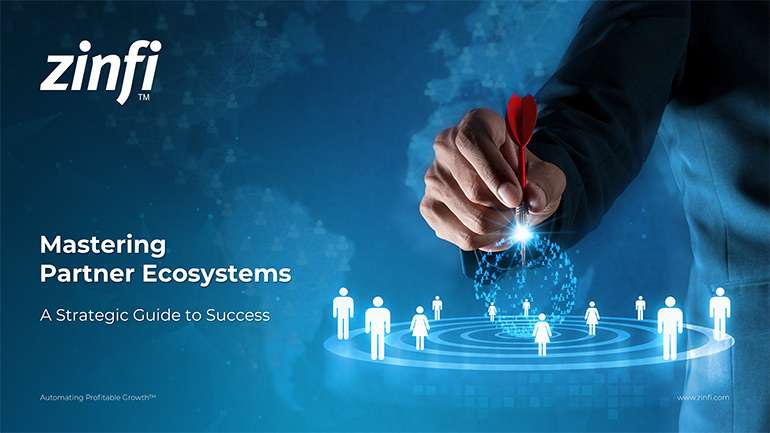 Mastering Partner Ecosystems Best Practices
Mastering Partner Ecosystems Best PracticesDownload Guide
 Mastering Partner Onboarding Best Practices
Mastering Partner Onboarding Best PracticesDownload Guide
 Partner Ecosystem Management Best Practices
Partner Ecosystem Management Best PracticesDownload Guide
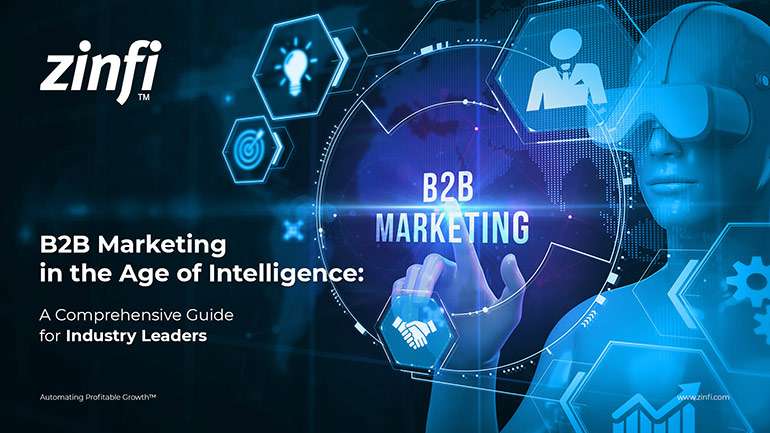 B2B Marketing in the Age of Intelligence Best Practices
B2B Marketing in the Age of Intelligence Best PracticesDownload Guide
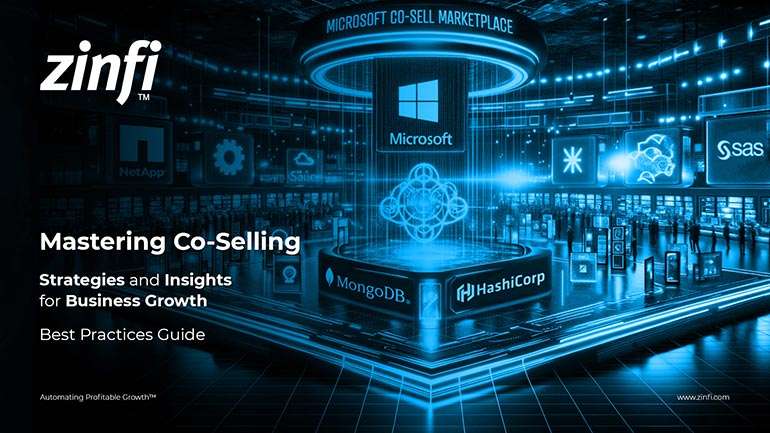 Multi-Partner Co-Selling Best Practices
Multi-Partner Co-Selling Best PracticesDownload Guide







